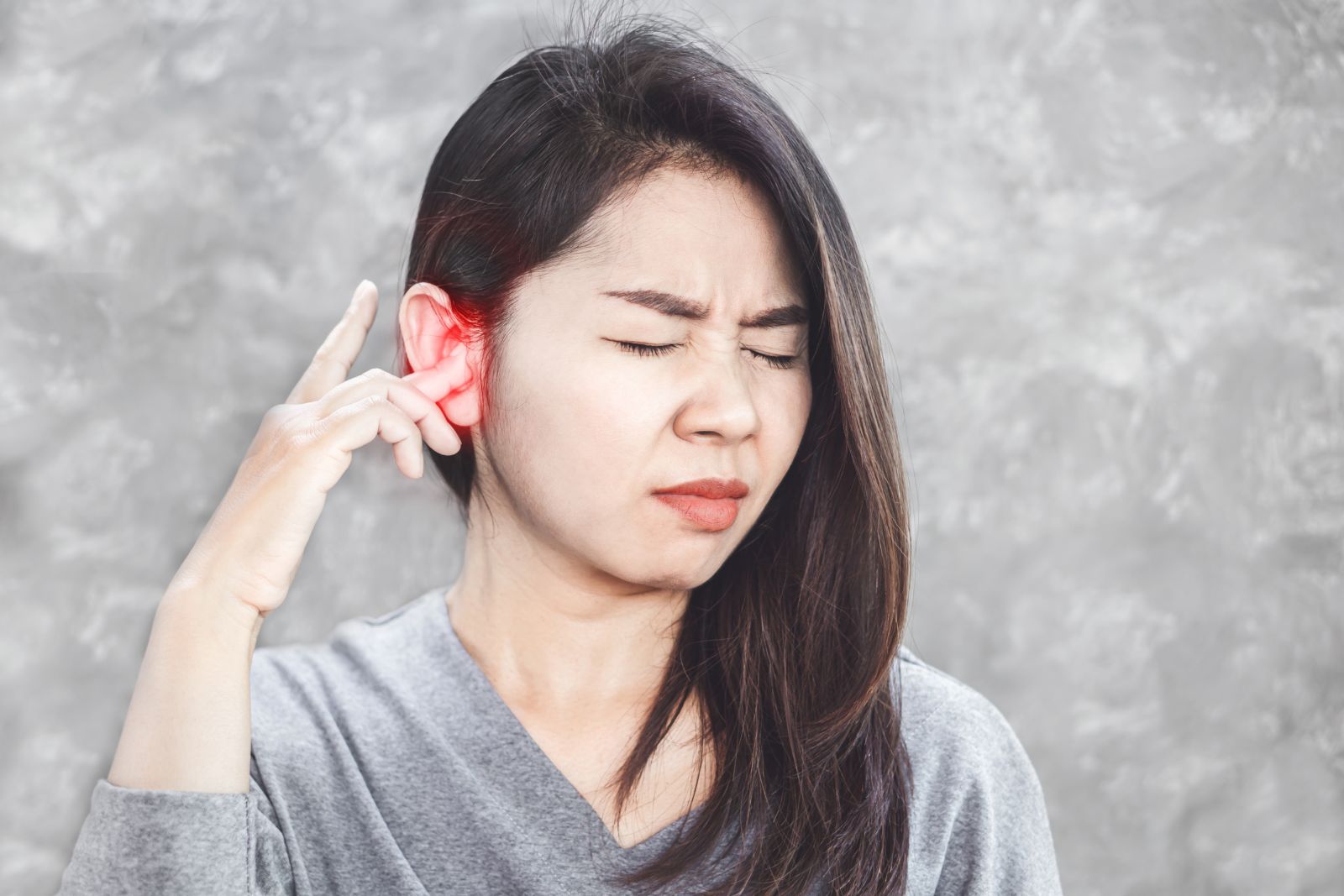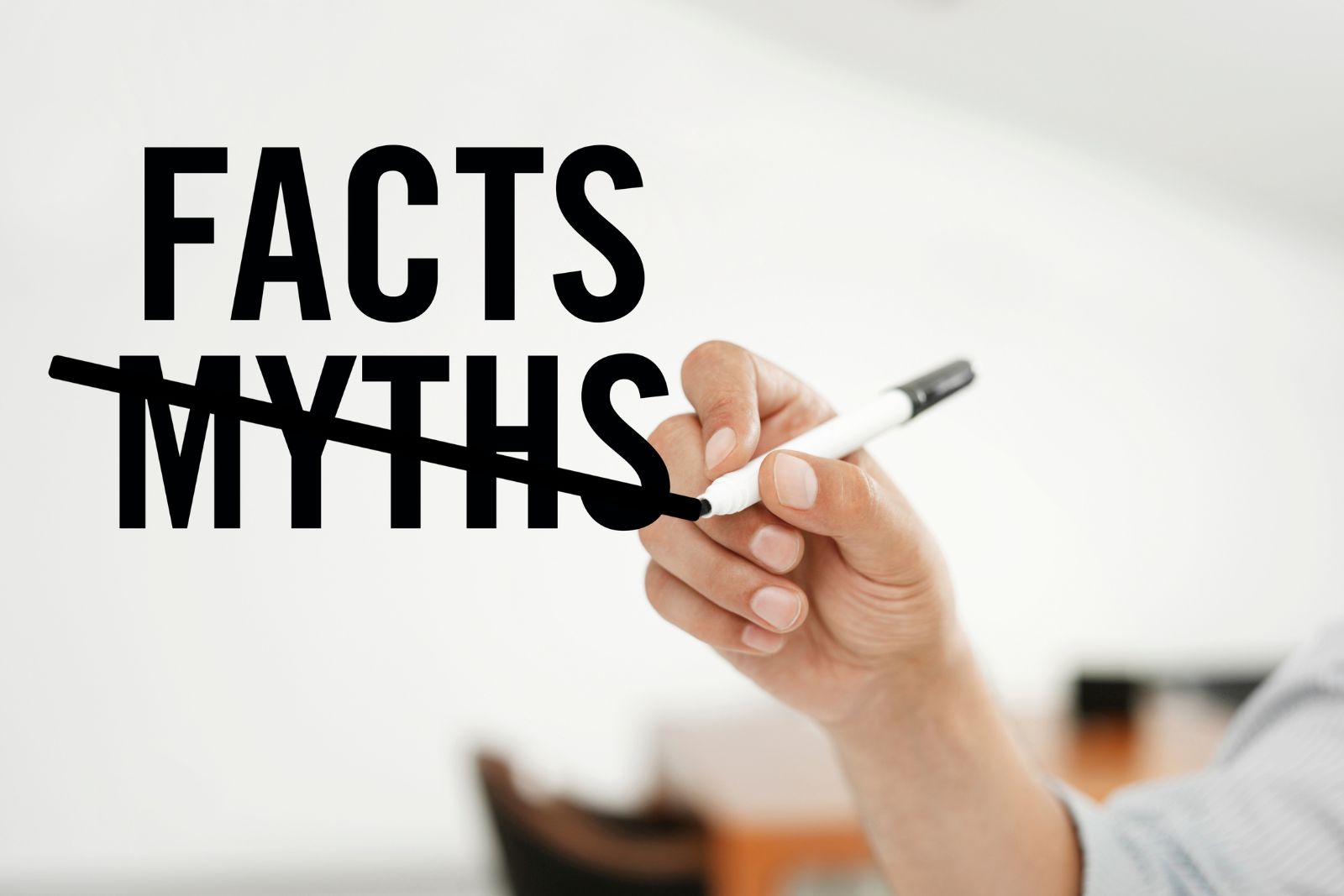Q: What can I expect at my hearing aid fitting?
A: Hearing aids are wonderful, sophisticated devices. But better hearing is a journey, not a transaction. That’s why we bring you into the office and spend some time with you answering questions and demonstrating features. Let me walk you through what the typical fitting looks like.
Making Sure Your New Hearing Aids Fit
Before anything else can happen, you have to pull your devices out of the box and slide them in your ears to ensure they fit you. If not, your audiologist will have to exchange them for ones that do, which most likely means returning for another fitting appointment.
Programming Your Devices and Verifying They Meet Your Specific Needs
If everything fits, your audiologist will program your hearing aids with fitting software. They’ll base the programming on your audiogram, which was developed at your hearing evaluation. Your audiogram indicates:
- The sound frequencies that need to be amplified, and by how much
- The sound frequencies that you can hear just fine
- The sound frequencies that can remain loud but might need to be adjusted to minimize your discomfort
Once programmed, if your audiologist is using best practices, they’ll follow up with real-ear measurement. With this process, a slim tube microphone rests in your ear along with your hearing aid. Different sounds are played, and your audiologist can confirm for each whether the volume reaching your eardrum is the correct amount based on your audiogram.
This is where you first experience the benefits of your hearing aids. Especially for those who have a loved one with them at the appointment, this can be an emotional and profound moment.
Learning About Features and Maintenance
Hearing aid developers make sure today’s hearing aids are as user-friendly as possible. But you still need to learn the basics, so by the time you leave your fitting appointment, you’ll know:
- How to change and dispose of batteries. If your hearing aids are rechargeable, you’ll learn the features of the charging station.
- How to change programs, adjust volume, or make any other adjustments that aren’t automated.
- How to clean and maintain your hearing aids.
- How basic features work, such as connecting via T-coil to a looping system.
- How advanced features work, such as streaming audio from your smartphone directly to your hearing aids.
- How to use remote controls and other accessories.
You’ll also get an instruction guides, cleaning tools, a storage case, and a supply of batteries (or a charging station).
Understanding What’s Ahead
Today’s hearing aids are technologically sophisticated and easy to use, but they’re not a grab-n-go solution. Your brain is, in a sense, out of practice. All of a sudden, it has to make sense of sounds it hasn’t heard in a long time.
That’s why there is an adjustment period. Your audiologist will discuss this in more detail, so you know what to expect and don’t get discouraged. They’ll also give you a wearing schedule for the first few weeks, so you don’t overdo it. Easing you into this new world of sound is the best way to ensure success.
Scheduling the First Follow-Up Appointment
A skilled audiologist and advanced fitting software do a lot of the heavy lifting, but it all happens in the controlled environment of a clinic. As you live your life, you’ll enjoy the benefits of better hearing. But you’ll also notice ways your devices could help more, especially in noisy environments.
That’s why you’ll schedule a follow-up appointment. Your audiologist expects you to have feedback on how to improve your listening experience. You’ll also no doubt have questions you’ve thought of since the fitting appointment.
Your Hearing Care Partner
Don’t be shy. Speak up with any worries or questions. Your audiologist’s main concern is you hearing better. They’ve no doubt allotted 90 minutes to two hours for this appointment — they want you to leave the fitting appointment feeling confident and excited about the possibilities. Think of them as a knowledgeable partner eager to help you on your better-hearing journey!



